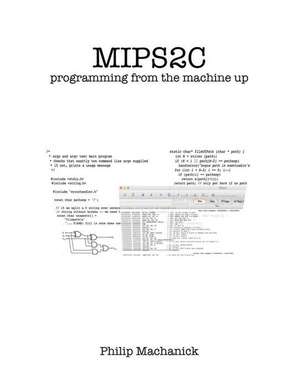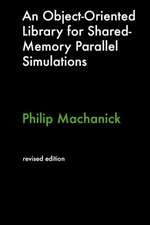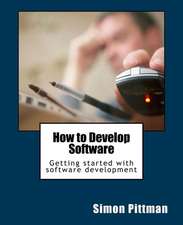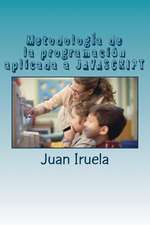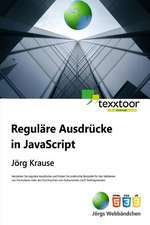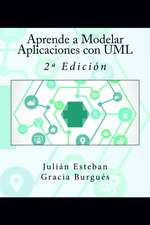Mips2c: Programming from the Machine Up
Autor Philip Machanicken Limba Engleză Paperback – 28 oct 2015
Preț: 112.92 lei
Preț vechi: 141.15 lei
-20% Nou
Puncte Express: 169
Preț estimativ în valută:
21.61€ • 23.47$ • 18.15£
21.61€ • 23.47$ • 18.15£
Carte tipărită la comandă
Livrare economică 22 aprilie-06 mai
Preluare comenzi: 021 569.72.76
Specificații
ISBN-13: 9780868104874
ISBN-10: 0868104876
Pagini: 354
Dimensiuni: 216 x 279 x 19 mm
Greutate: 0.81 kg
Editura: Rampage Research
ISBN-10: 0868104876
Pagini: 354
Dimensiuni: 216 x 279 x 19 mm
Greutate: 0.81 kg
Editura: Rampage Research
Notă biografică
Philip Machanick is an associate professor of computer science at Rhodes University, South Africa. He has worked at universities in Australia and the US, and holds a PhD in Computer Science from the University of Cape Town. He researches computer science education, computer systems and bioinformatics - and also writes fiction. He is a Senior Member of IEEE and of ACM, and editor-in-chief of South African Computer Journal.
